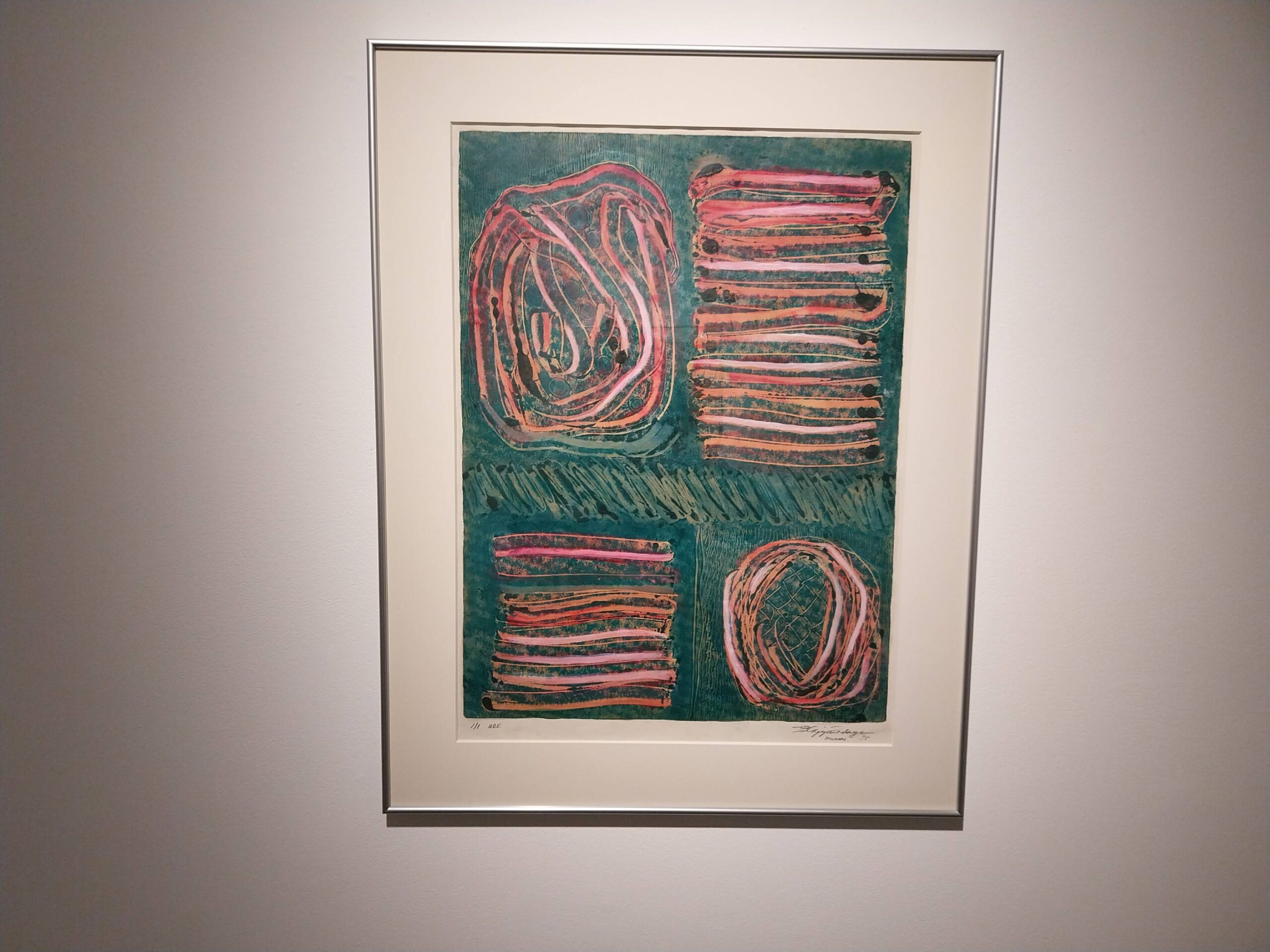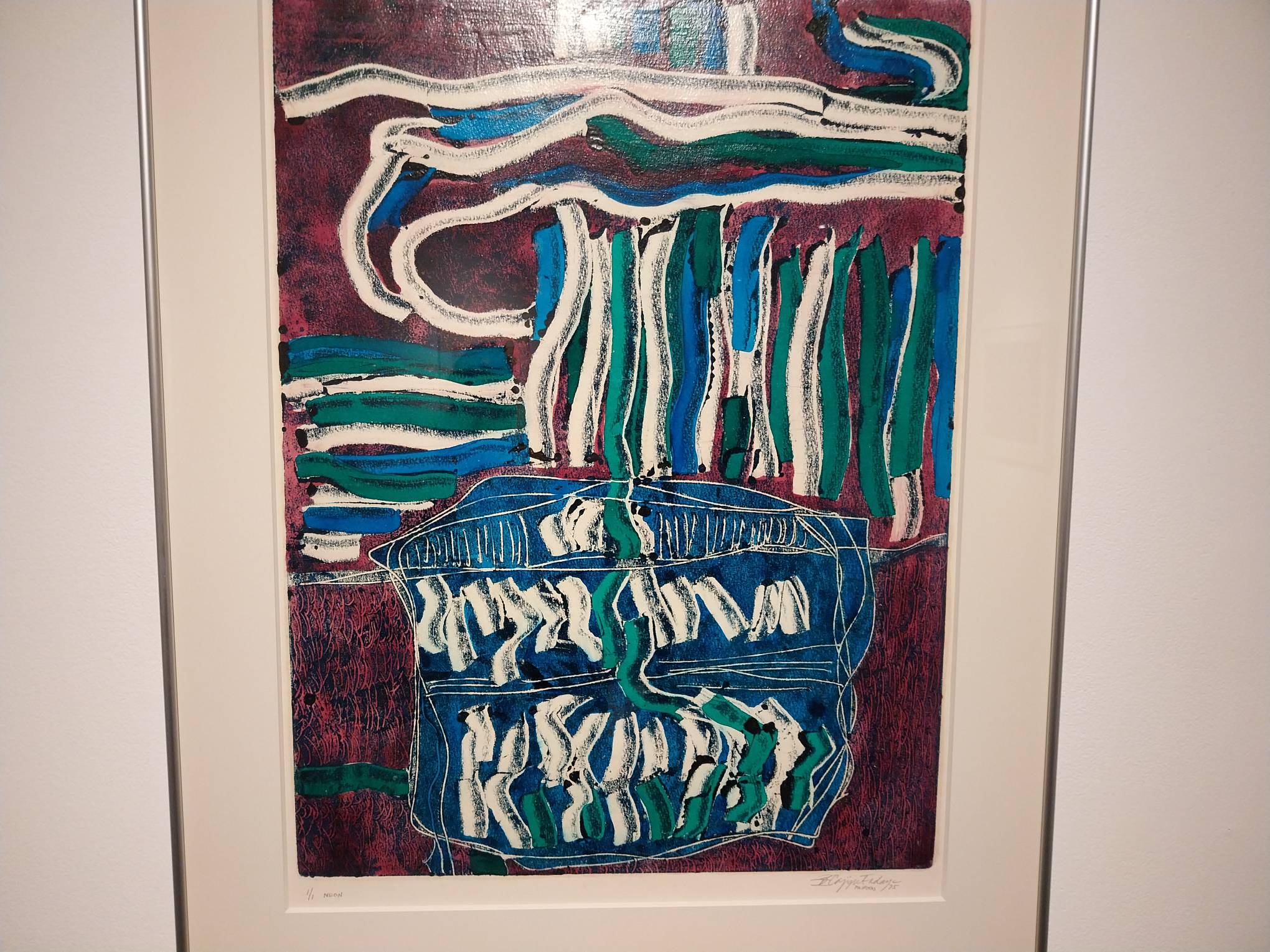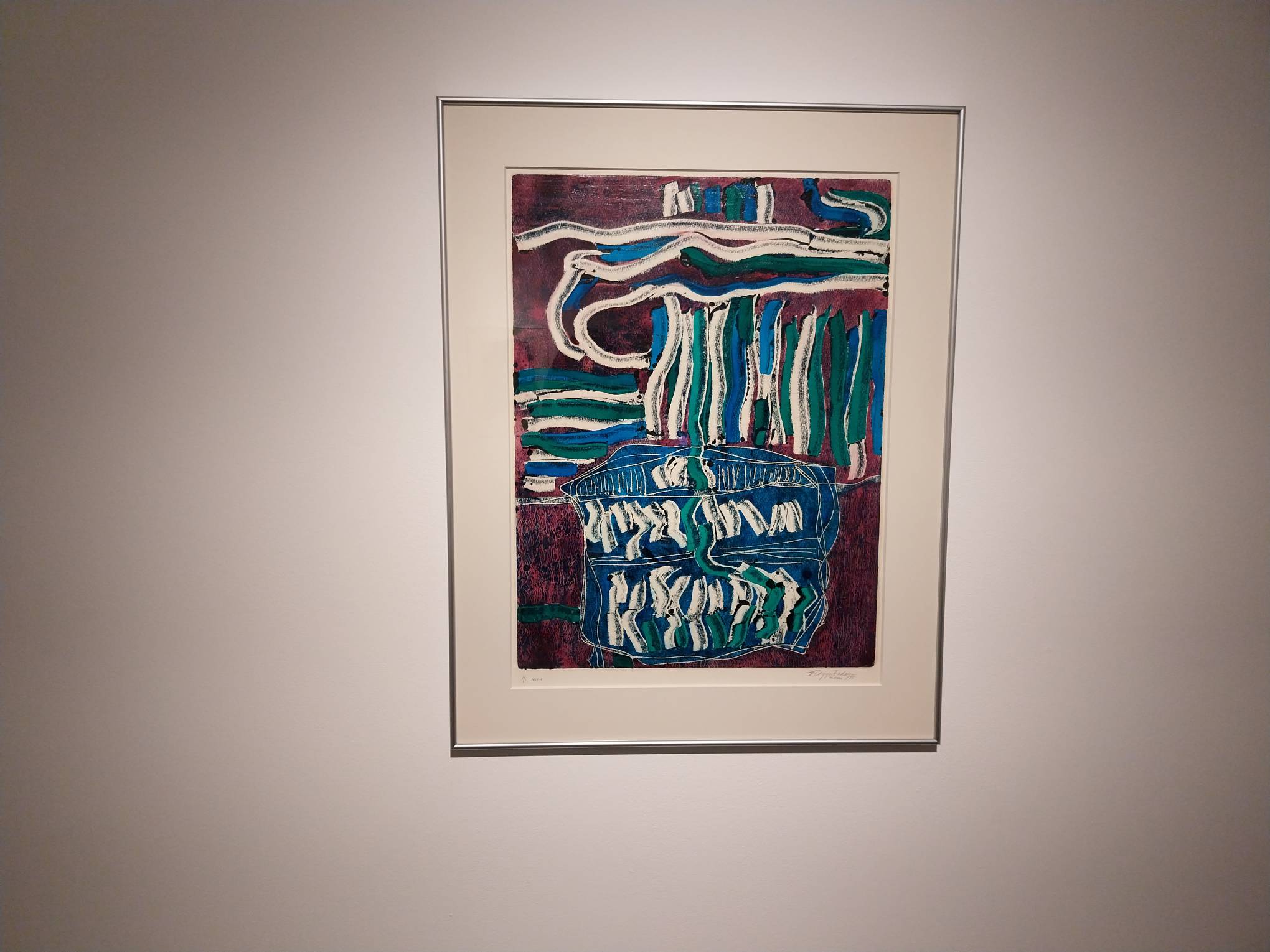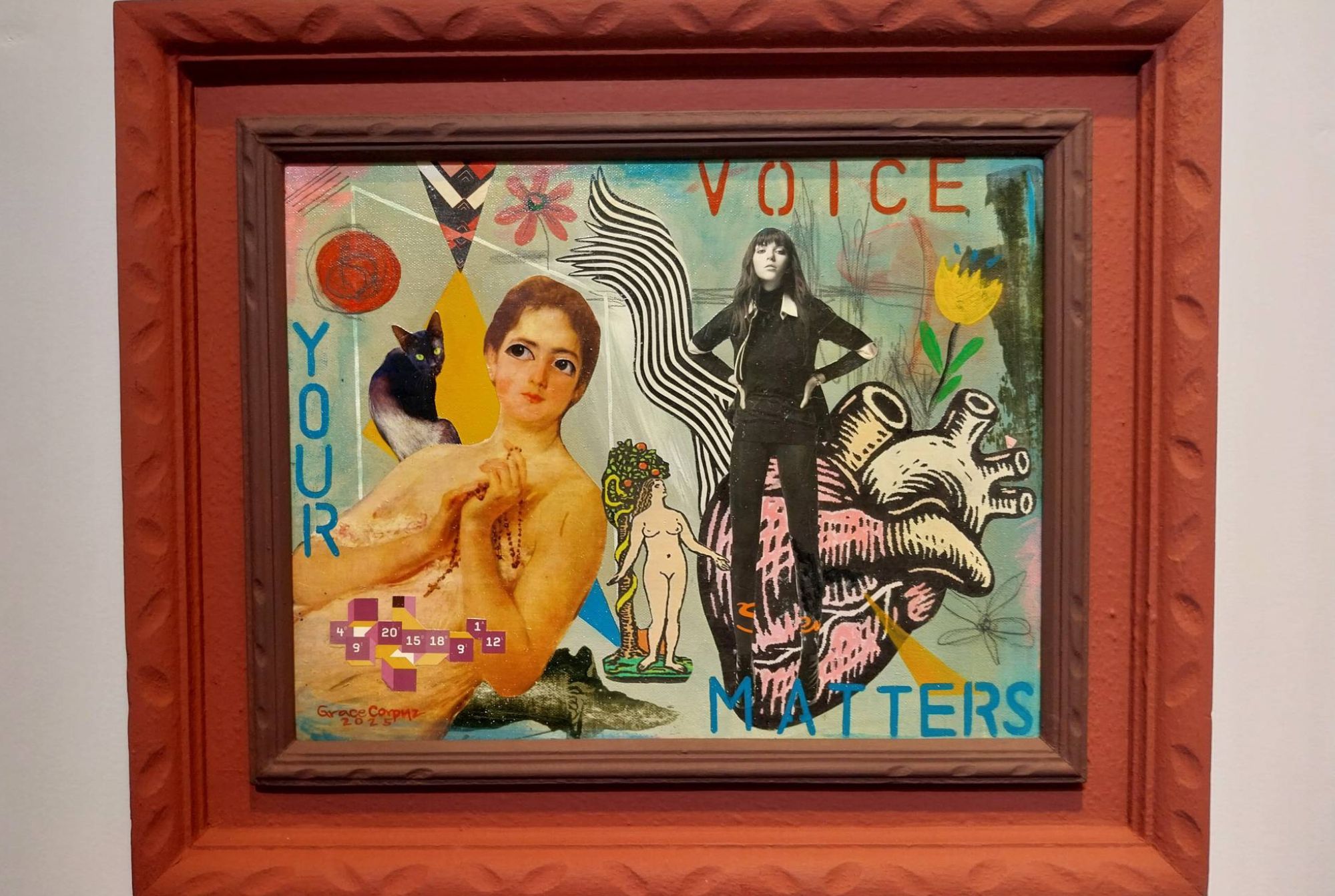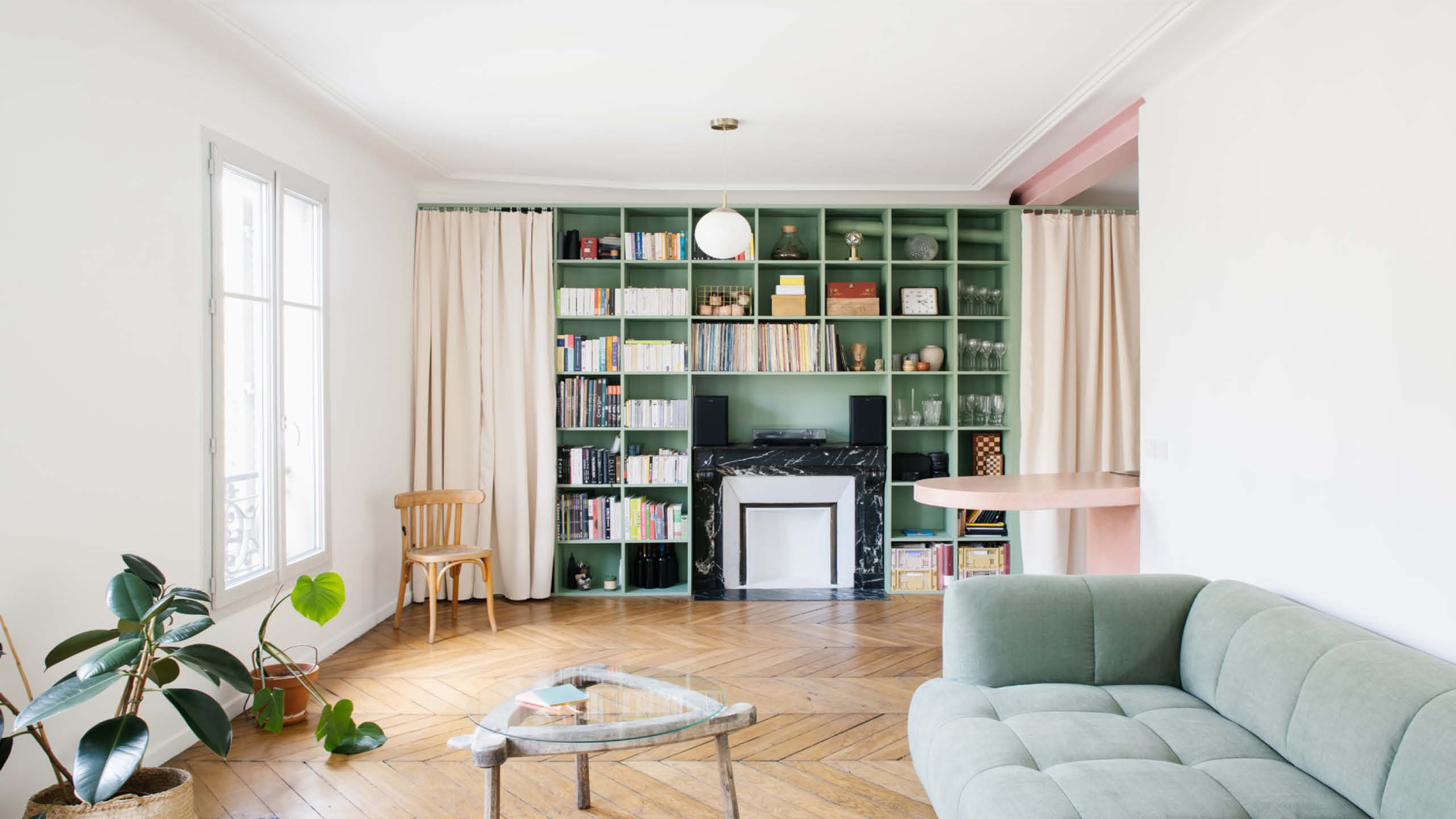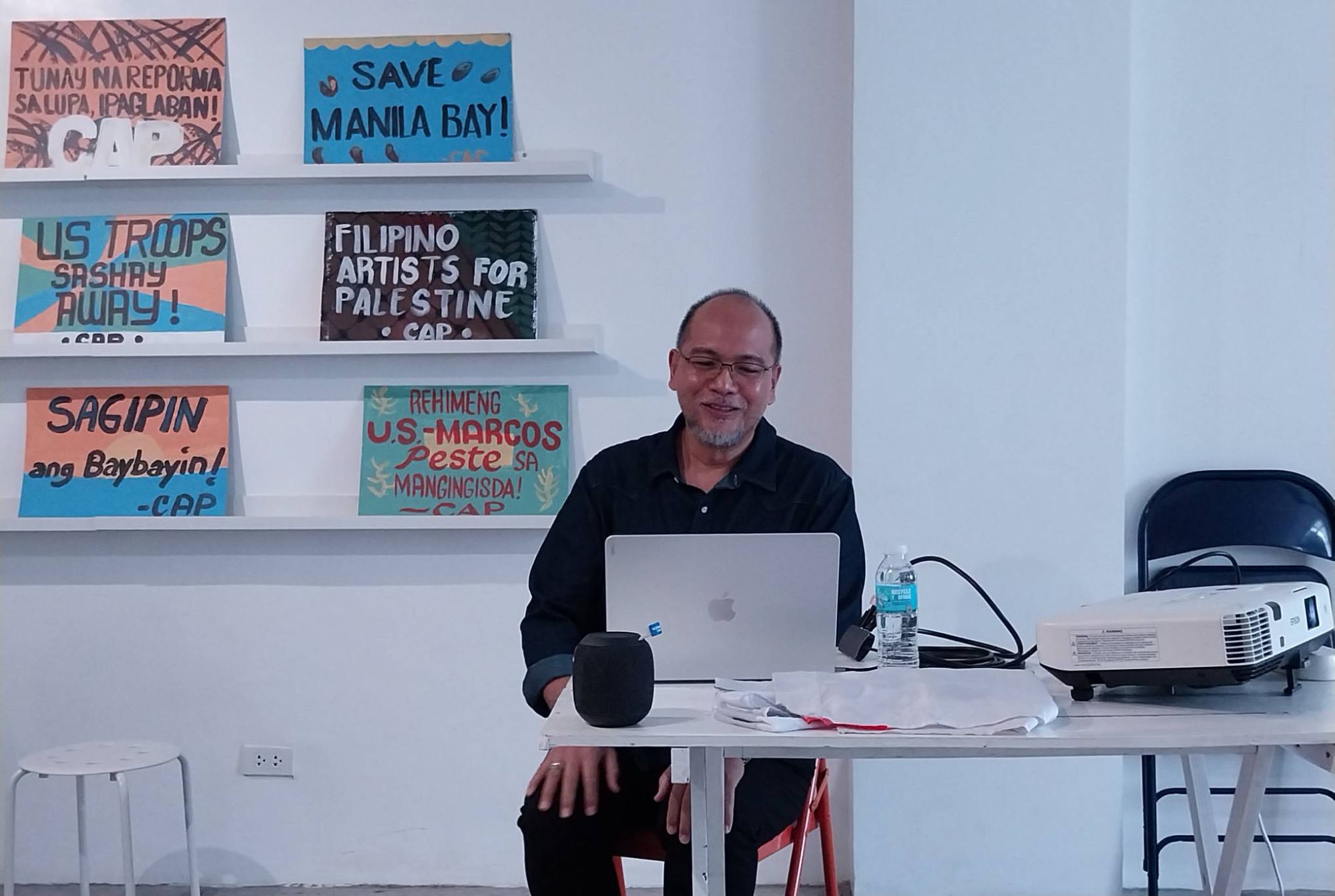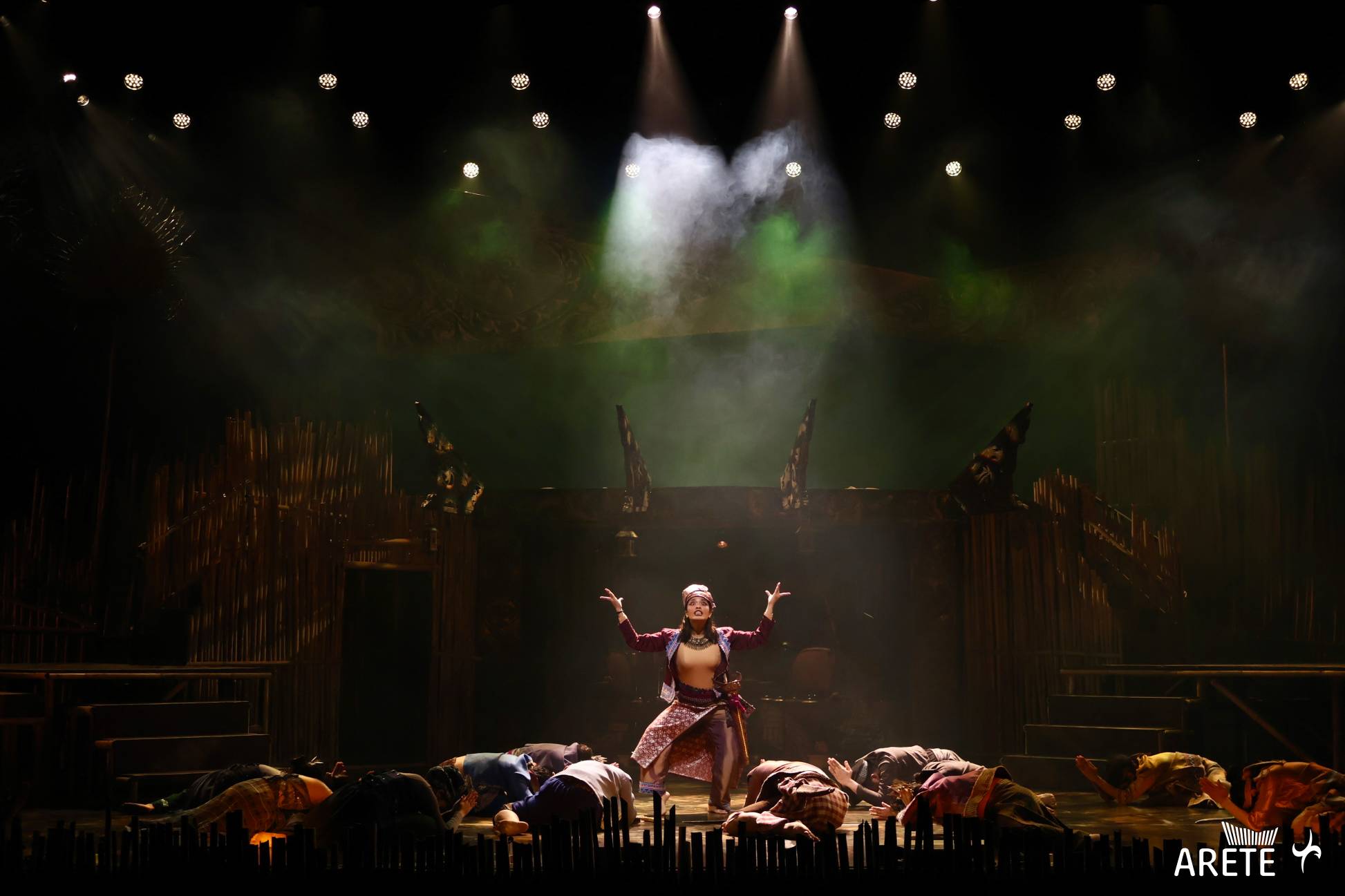Running from March 15 to April 5 at Kapitolyo Art Space, Bloom explores individuality as a form of freedom. This group exhibit gathers thirteen women artists from various disciplines, each offering a distinct perspective. Together, their works celebrate the depth and diversity of artistic expression, inviting viewers to reflect on the many ways creativity shapes […]
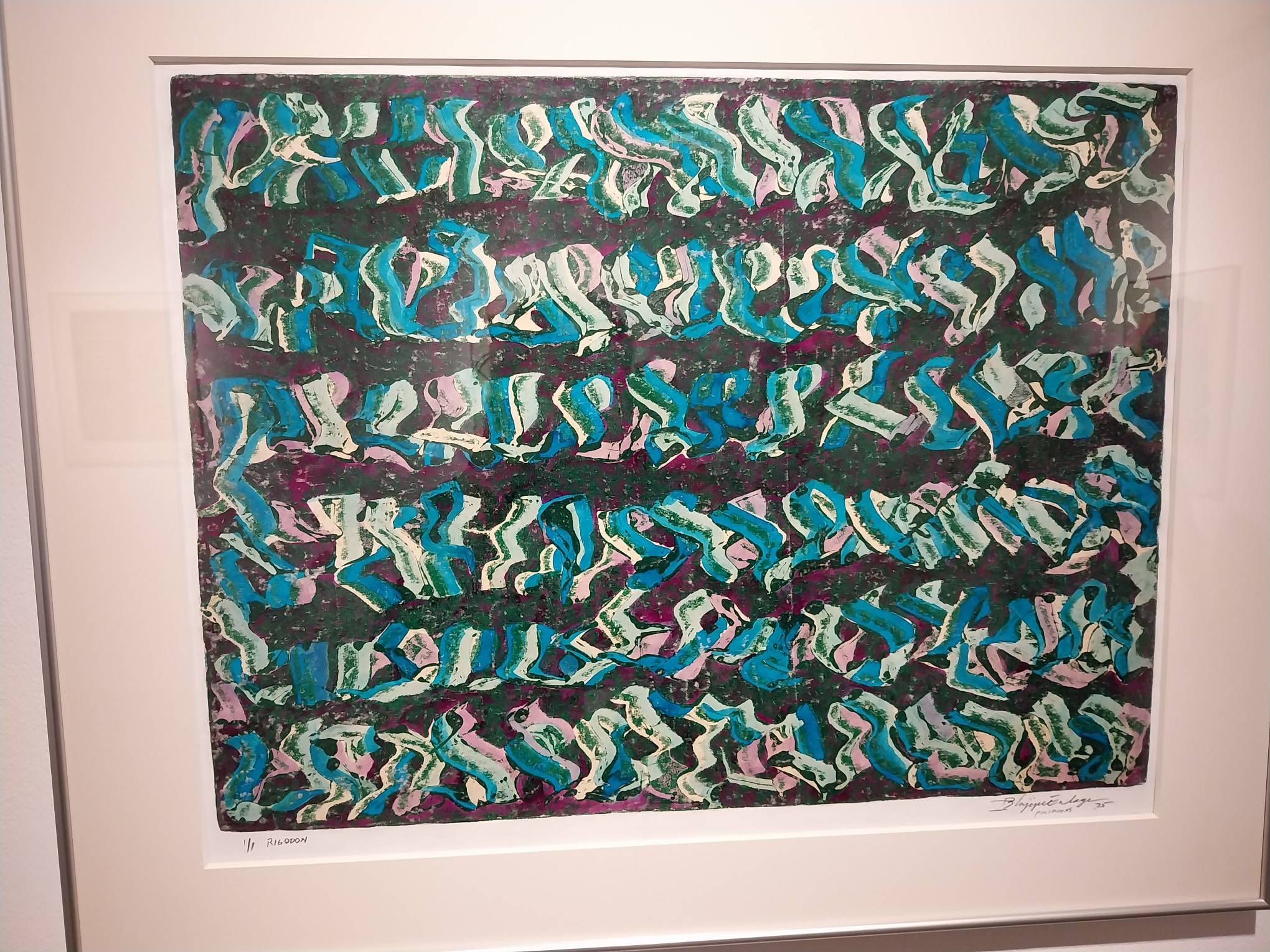
‘Rigodon’: Cajipe-Endaya Finds Chaos and Freedom in Abstraction
Rigodon is the new exhibit in Silverlens Manila by Imelda Cajipe-Endaya. Having been active in the local art scene since the 1970s, the new exhibits show some early paintings of hers that are a lot more abstract than her more well-known paintings and collages.
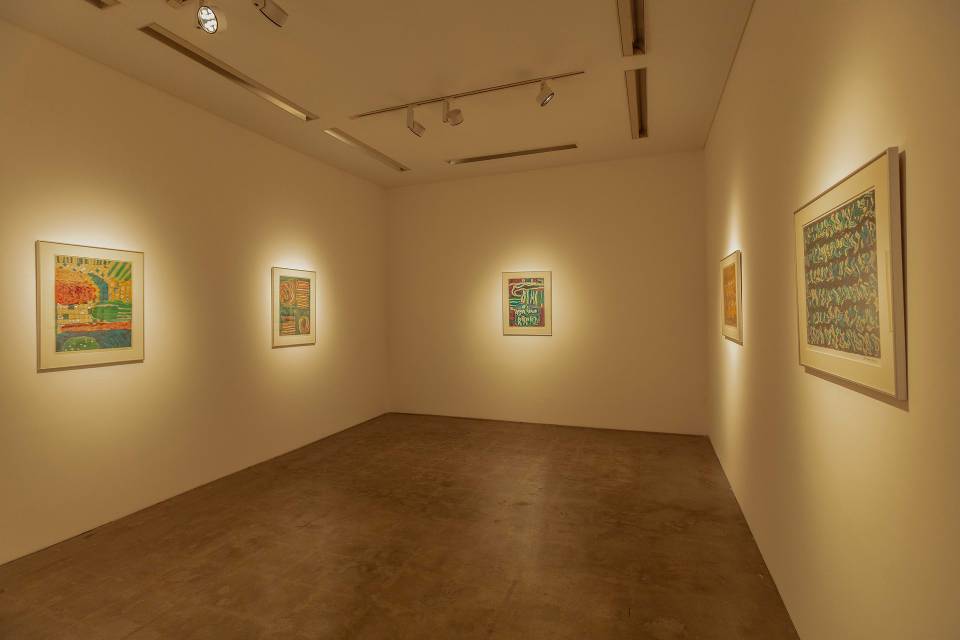
The exhibit’s name comes from a Filipino court dance brought to the country by the Spaniards during the colonial period. It possibly derives from a similar French folk dance called “rigaudon,” though the etymological relationship of the two words remains unclear.
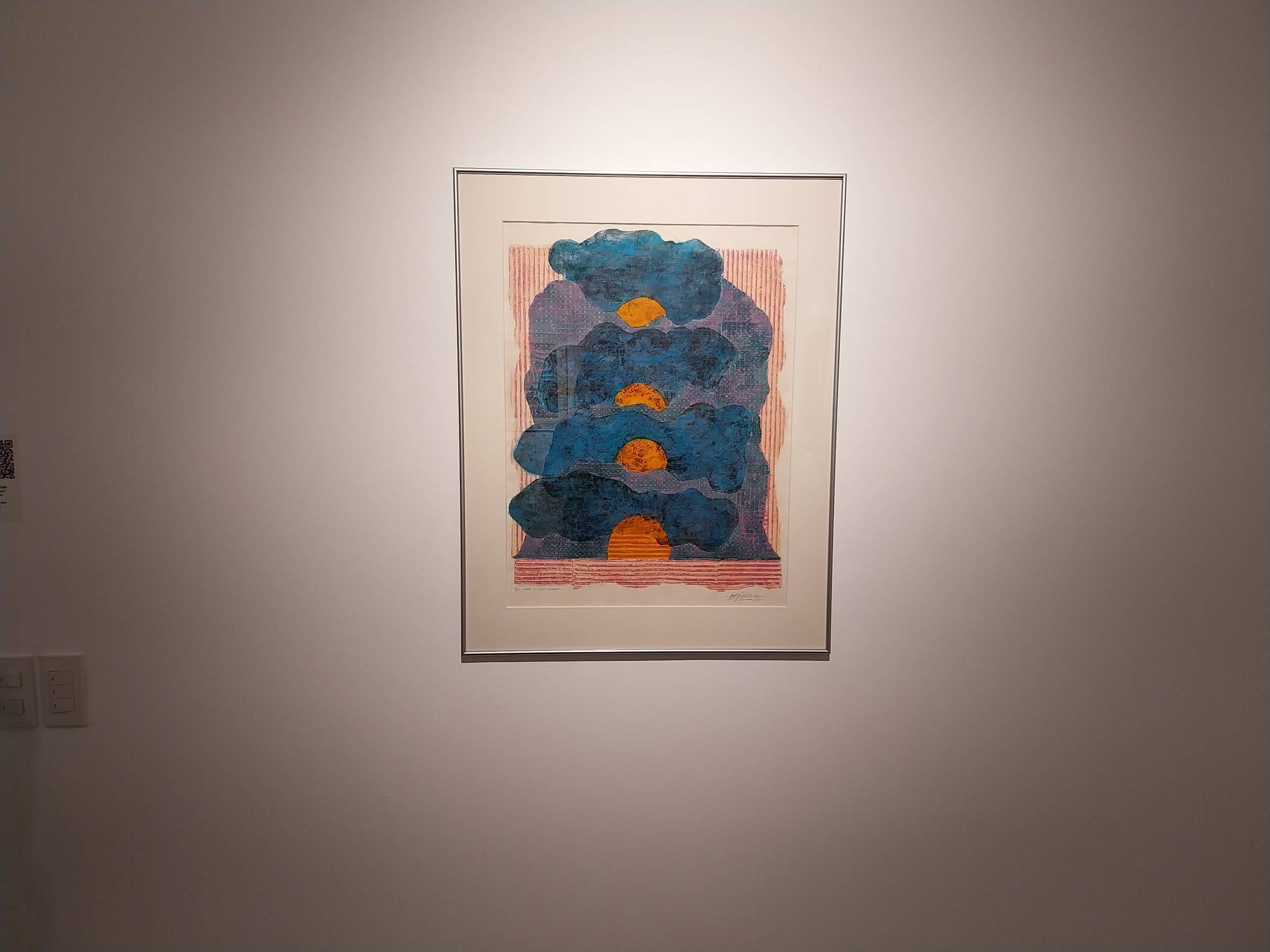
These paintings, made between 1974 and 1975, seem to be her way of “assert[ing] her own voice.” As Nicole Soriano says in her write-up, “The results thus deviate from some Philippine modern artists who gained prominence after the Second World War—most of whom were men—whose works reflected traces of western influence, such as cubism and abstract expressionism.”
Traditions of the Past
The choice of “rigodon” as a title seems to be intentional. It is a “precise and elegant” dance, as noted by Soriano. It feels like something out of a Regency drama or a Jane Austen adaptation. The dance is done in formal functions, with traditional Filipiniana clothes, a practice by the elite that lends legitimacy to their existence.
And yet, Cajipe-Endaya’s works pokes fun on that precision, portraying the dance in a chaotic way without removing its elegance. She focuses on the community, on the way that it brings people together, rather than the elitism that seems to exist in the way society uses it.
One can see this best in the paintings “Rigodon” and “Ube.” The way she paints “Rigodon” feels frank and raw. It feels like a Basquiat in the way it deconstructs traditional ideas and the modernity that exists in it all. You can see it in the strokework, creating the figures with precision while portraying the chaos that a communal dance like rigodon would encourage.
Meanwhile, “Ube” plays with linework as it showcases the energy and variations of people’s movements. These lines feel like it traces how the people moved. One can see the small variations in each line and in the circles giving a perspective of looseness in the motion of the community. It’s alive and bursting at the seams, unable to be contained within the barriers that were set.
New Perspectives
Cajipe-Endaya focuses on pre-colonial ideas in some of her paintings, and this exhibit showcases her unique interpretation of that. With some of these paintings, it feels like a re-litigation of our portrayals of what a Filipino is.
Traditions like Filipiniana wear or the rigodon itself has as much influence with Europe as it does within the Philippines, and she seems to be interrogating that within these paintings, reinterpreting the dance from the perspective of our pre-colonial history.
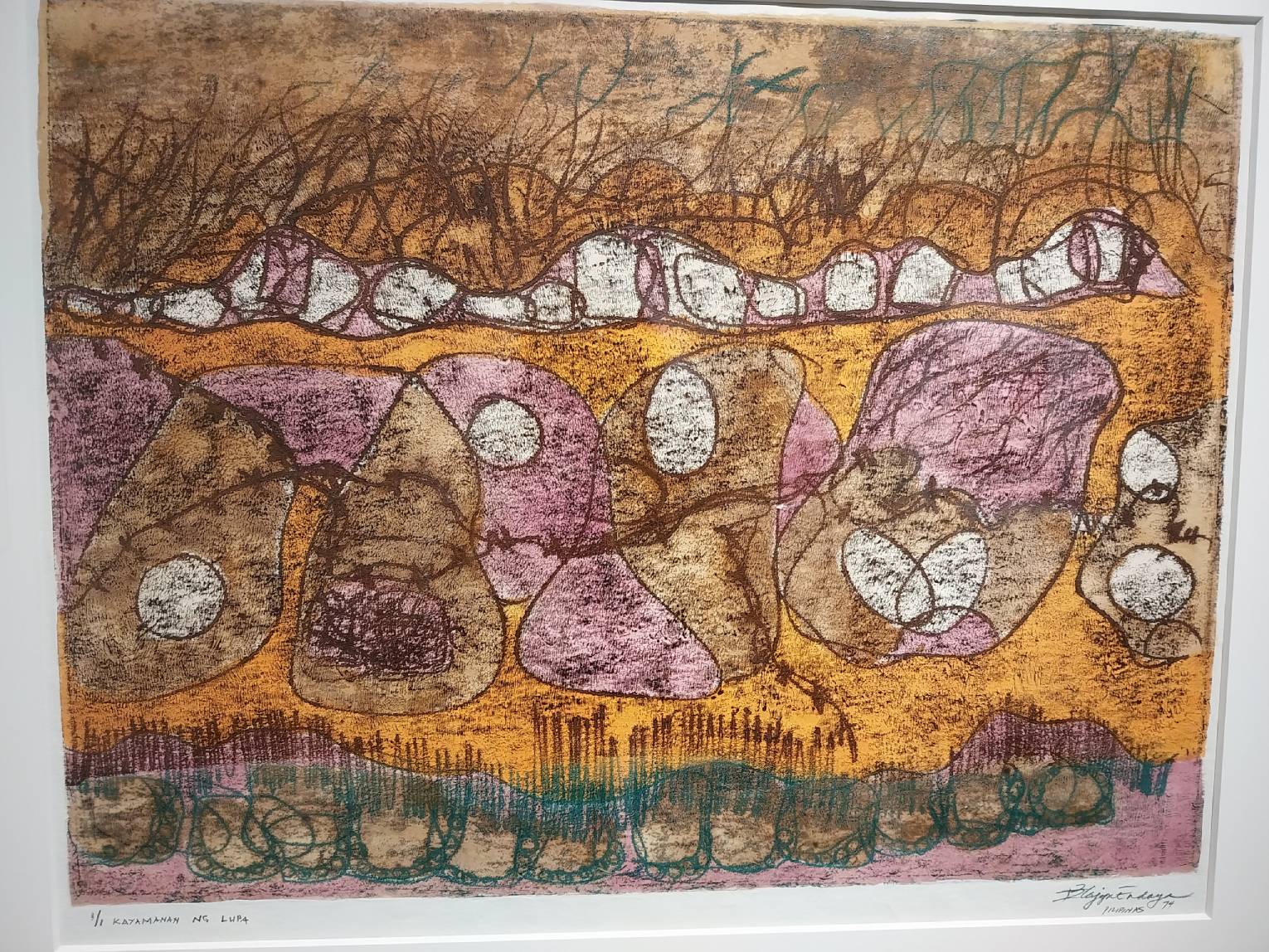
“Kayamanan ng Lupa” and “Tugtog ng Banda’y Halu-halo” evoke lyrical poetry in the criss-crossing use of lines and colors within the paintings. “Kayamanan ng Lupa,” especially, does have these energetic dips and a general sense of crowdedness that feels like it’s reinterpreting a packed dance floor and the vague feeling of “freedom within a cage” inside it.
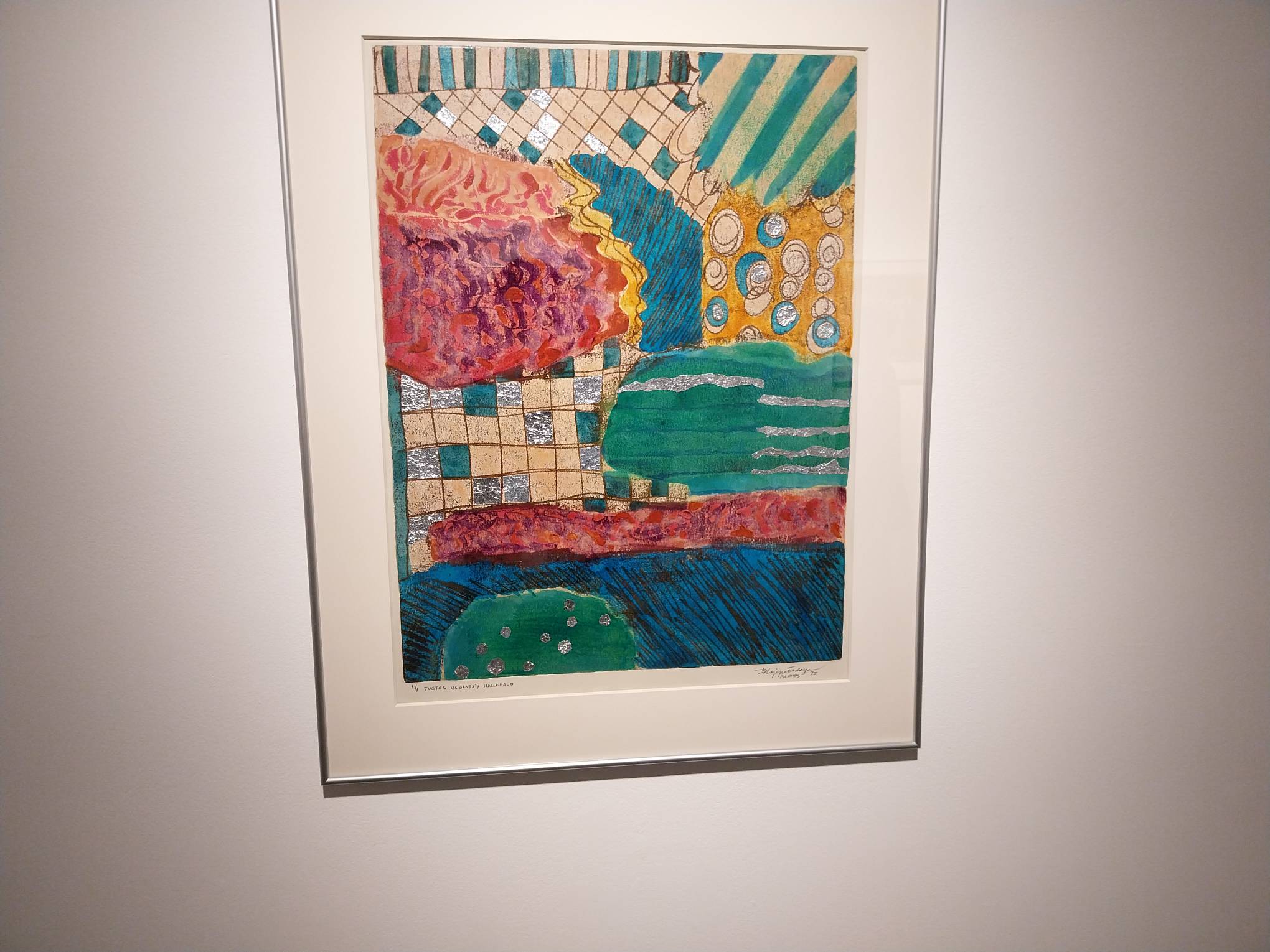
Rigodon gives us an interesting look at an important artist in our history. It shows Imelda Cajipe-Endaya seeking out a way to sever or decolonize our experiences from its past influences, and to portray our Filipino-ness with the zest and energy it deserves. In these paintings, there are no pretensions. We are all moving in the same chaos, free from the shackles of the past even if only for a moment.
Related reading: Silverlens @ 20: For the Love of Art and Exhibition
